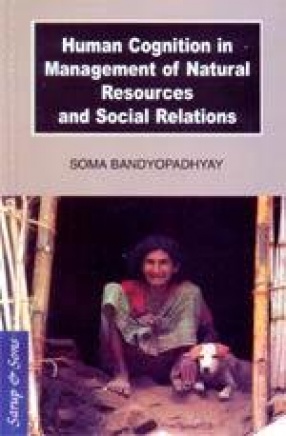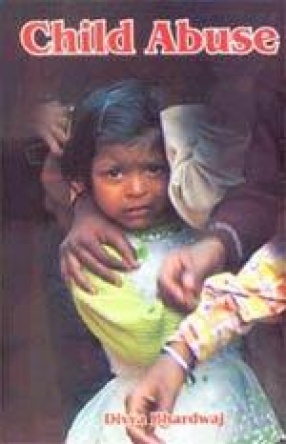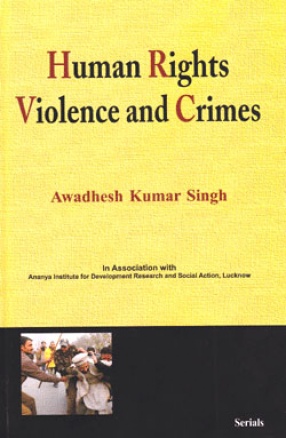In this book human cognition regarding different natural resources is explored through application of different techniques of folk taxonomy and ethnoecology. relationship of the Kol and the santar inhabitants of selected villages in east Singhbhum, Jharkhand with their environment is deciphered. The depth of perception is here considered as the parameter of clear cognition and utility is found to be the foundation of this cognition but differential perception of two different community members raises the question, which stratum is stronger -utility or cognition through cultural prescription. This fact is established in this book through application of specific statistical method. Logic and wisdom of the Kol and the santar informants are given topmost priority. In every aspect of the study effort is given to search ethnic solution of different problems. These solutions come through prolonged experimentation and the folk accepts that solution which gives the optimum result. The process of experimentation through trial and error is highly scientific through trial and error is highly scientific and thoroughly based on folk logic and wisdom. In this regard this study can undoubtedly be designated as a study on ethnoscience Ethnoscientific knowledge of the Kol and the santar is also tested through their cognition of colour and food. Identification of a specific shade is highly dependent on its similarly with a natural object. This is an indicative of folk exposure to the nature. On the contrary availability loses its importance in front of cultural prescription at least so far as folk choice of food is concerned. This is an indicative of folk dependence on culture.
Human Cognition in Management of Natural Resources and Social Relations
In stock
Free & Quick Delivery Worldwide
reviews
Bibliographic information
Title
Human Cognition in Management of Natural Resources and Social Relations
Author
Edition
1st ed.
Publisher
Sarup & Sons, 2007
ISBN
817625794X
Length
xxii+183p., Tables; Figures; Maps; References; Index; 23cm.
Subjects





There are no reviews yet.